The Secret World of Mushroom Foraging: Are You Risking Your Life for a Tasty Treat?
Mushroom foraging isn’t just a walk in the park – it’s a thrilling adventure that could end in culinary bliss or a trip to the emergency room. Let’s dive into this fascinating world and uncover the secrets that could save your life.
Why Mushroom Foraging is More Than Just Picking Pretty Fungi
Picture this: You’re deep in the woods, surrounded by the earthy scent of damp soil and decaying leaves. Your eyes scan the forest floor, searching for that telltale cap peeking out from beneath the foliage. That’s mushroom foraging in a nutshell – a treasure hunt for nature’s hidden delicacies.
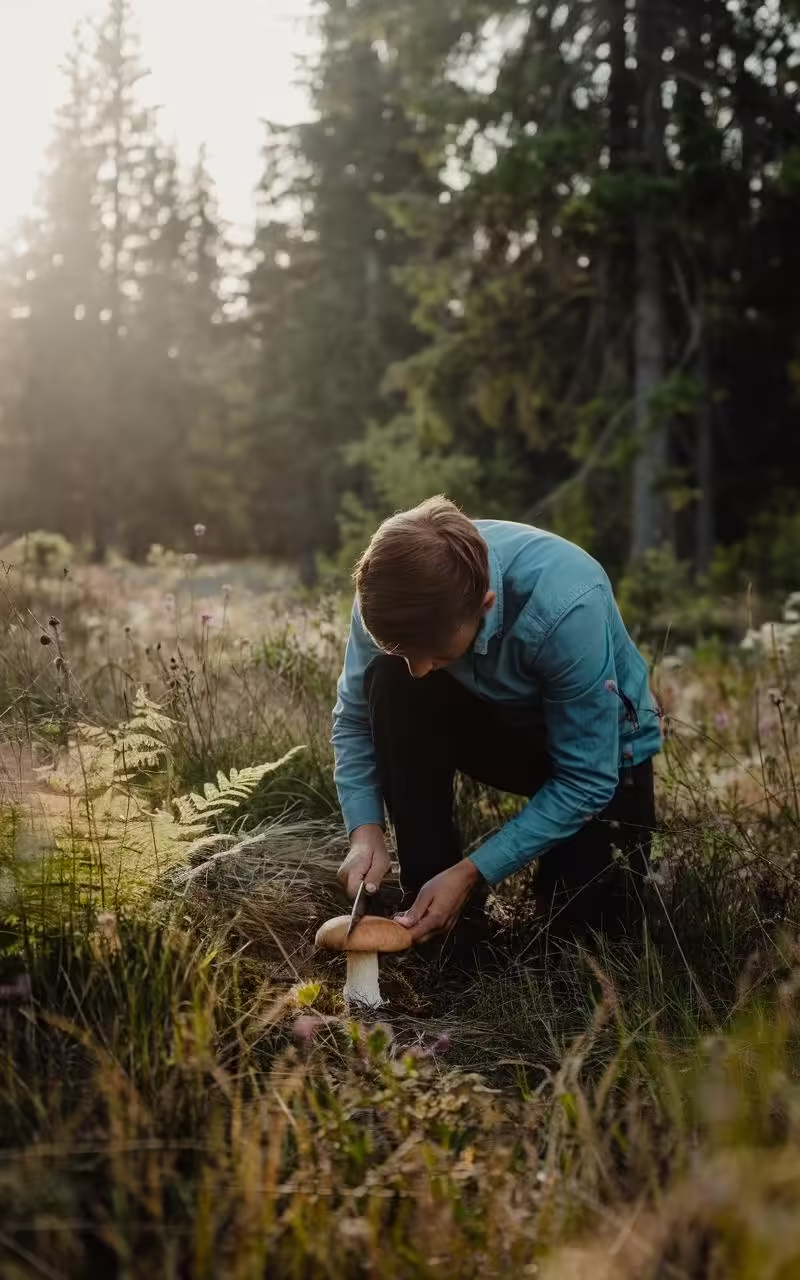
But it’s so much more than that. It’s exercise without feeling like you’re exercising. It’s a chance to reconnect with nature in a way our ancestors did for millennia. And let’s be honest, there’s nothing quite like the smug satisfaction of serving up a gourmet meal you harvested yourself.
I remember my first foraging trip like it was yesterday. Armed with a field guide and more enthusiasm than sense, I set off into the local woods. Hours later, I emerged with a basket full of what I was convinced were chanterelles. Spoiler alert: they weren’t. Thankfully, a more experienced forager stopped me before I could poison my entire family. That day, I learned the most important rule of mushroom foraging: when in doubt, throw it out!
The Dark Side of Foraging: When Fungi Fight Back
Here’s a sobering statistic for you: according to the North American Mycological Association, there are about 7,000 cases of mushroom poisoning in the US each year. That’s right, thousands of people end up sick – or worse – because they picked the wrong mushroom.
Take the death cap, for instance. This unassuming little fungus is responsible for 90% of mushroom-related deaths worldwide. It looks harmless, but just half a cap can kill an adult. And here’s the kicker: symptoms don’t show up for 6-24 hours after eating. By then, it’s often too late.
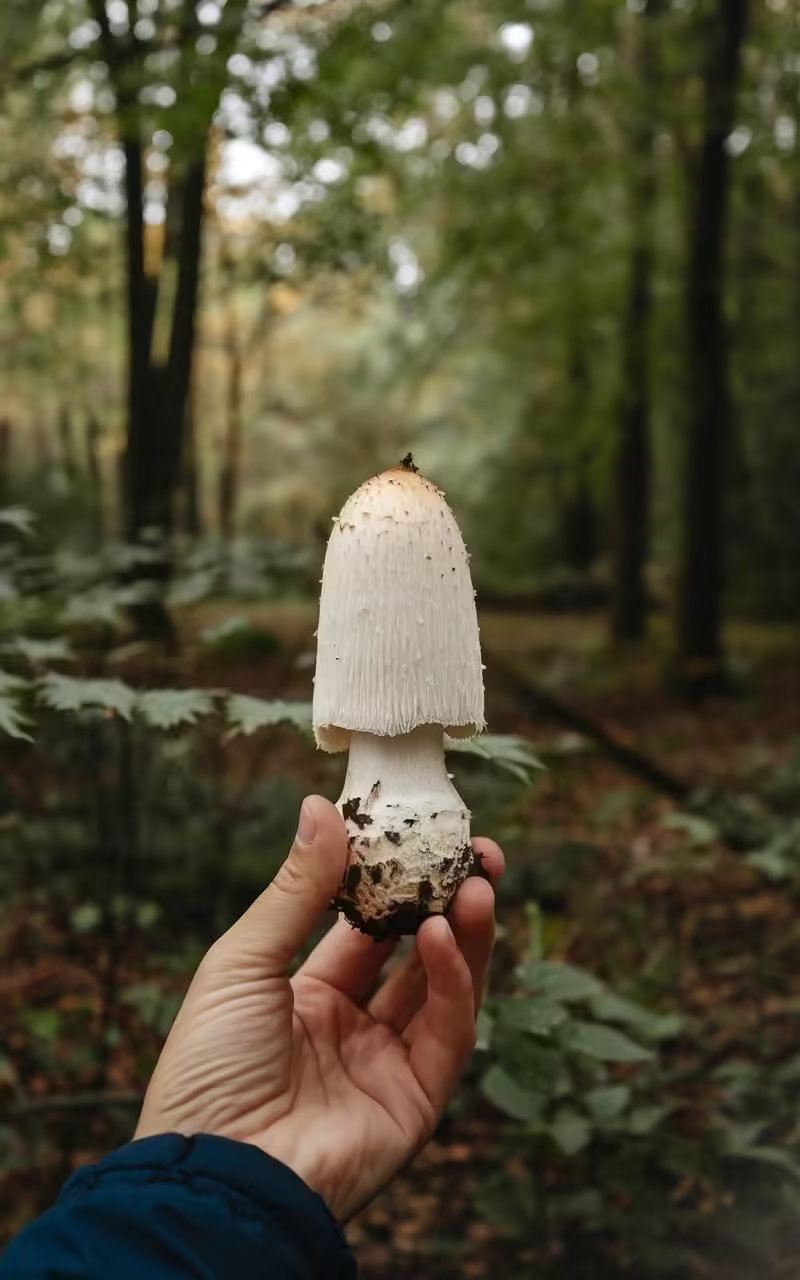
But it’s not just the deadly ones you need to worry about. Even some edible mushrooms can cause nasty reactions if not prepared properly. And let’s not forget about pesticides and other chemicals that can contaminate wild mushrooms.
Safety First: The Golden Rules of Mushroom Foraging
So, how do you avoid becoming a statistic? Here are my golden rules:
- Never, ever eat a mushroom unless you’re 100% sure of its identity.
- Use multiple reliable sources for identification.
- When starting out, go with an expert or join a mycological society.
- Always cook wild mushrooms thoroughly.
- Test a small amount first and wait 24 hours before eating more.
Remember, no mushroom meal is worth risking your life for. If you’re not sure, leave it be.
The Beginner’s Bounty: Safe Mushrooms for Novice Foragers
Now, don’t let all this doom and gloom put you off. There are plenty of safe, easy-to-identify mushrooms out there. Let’s look at a few:
- Giant Puffballs: These beauties can grow up to the size of a football. They’re white, round, and look like… well, giant puffs. When young and fresh, they’re delicious sliced and fried.
- Hedgehog Fungus: Look for the distinctive spines under the cap. They’re like nature’s toothbrushes growing on the forest floor.
- Dryad’s Saddle: This mushroom looks like a fan-shaped saddle growing on trees. It’s got a distinctive pattern that makes it hard to mistake for anything else.
The Art of Mushroom Identification: More Than Just Looks
Identifying mushrooms is like being a nature detective. You’re not just looking at the mushroom itself, but everything around it. Here’s what you need to consider:
- Habitat: What trees is it growing near? What type of soil?
- Season: Some mushrooms only appear at certain times of the year.
- Physical characteristics: Size, shape, color, stem, gills, and spore print.
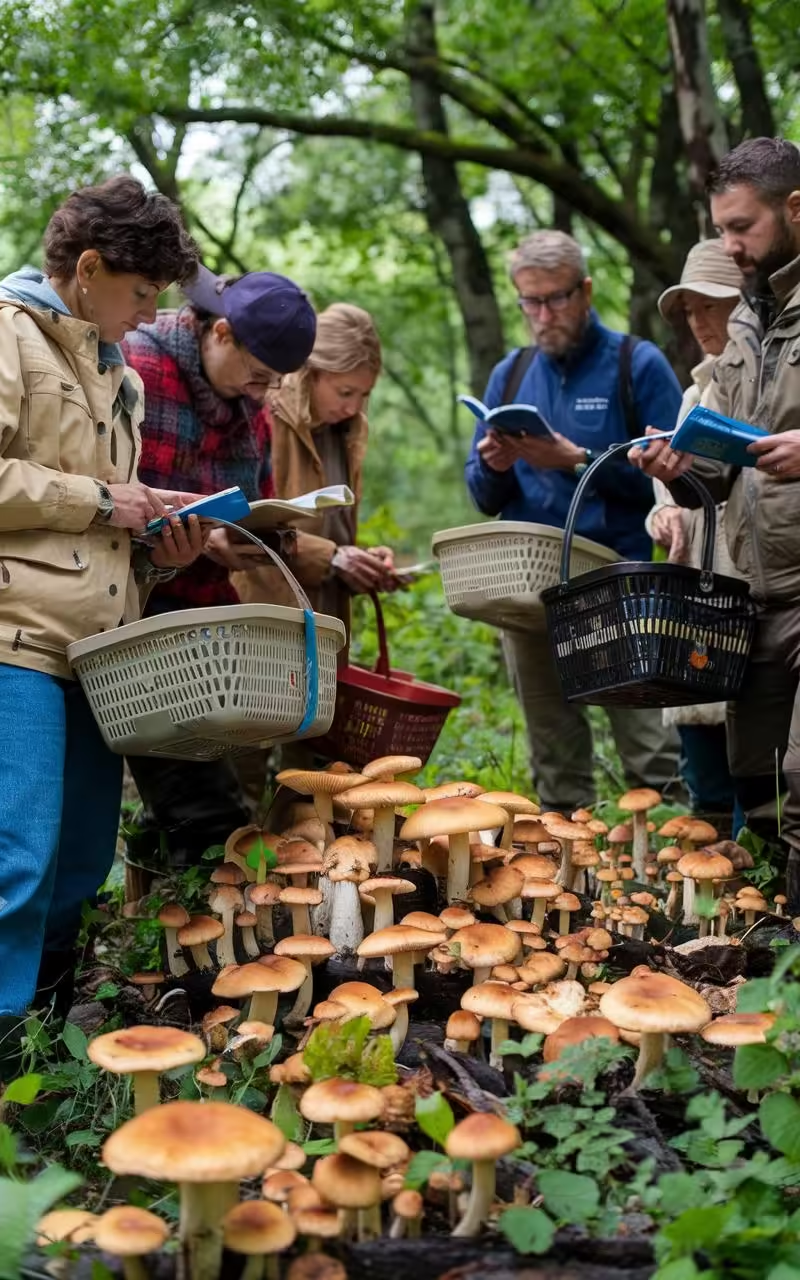
Pro tip: learn to identify the poisonous lookalikes first. It’s like learning to spot counterfeit money – once you know what to look for, the real deal becomes much easier to spot.
Tools of the Trade: Gearing Up for Your Foraging Adventure
You don’t need much to start foraging, but a few key tools can make a world of difference:
- A good field guide: This is your mushroom bible. Get one specific to your region.
- A basket or mesh bag: This allows spores to fall as you walk, spreading mushroom love.
- A pocket knife: For cleaning stems and extracting mushrooms without damaging the mycelium.
- A smartphone app: There are some great mushroom ID apps out there, but remember – they’re a tool, not a definitive guide.
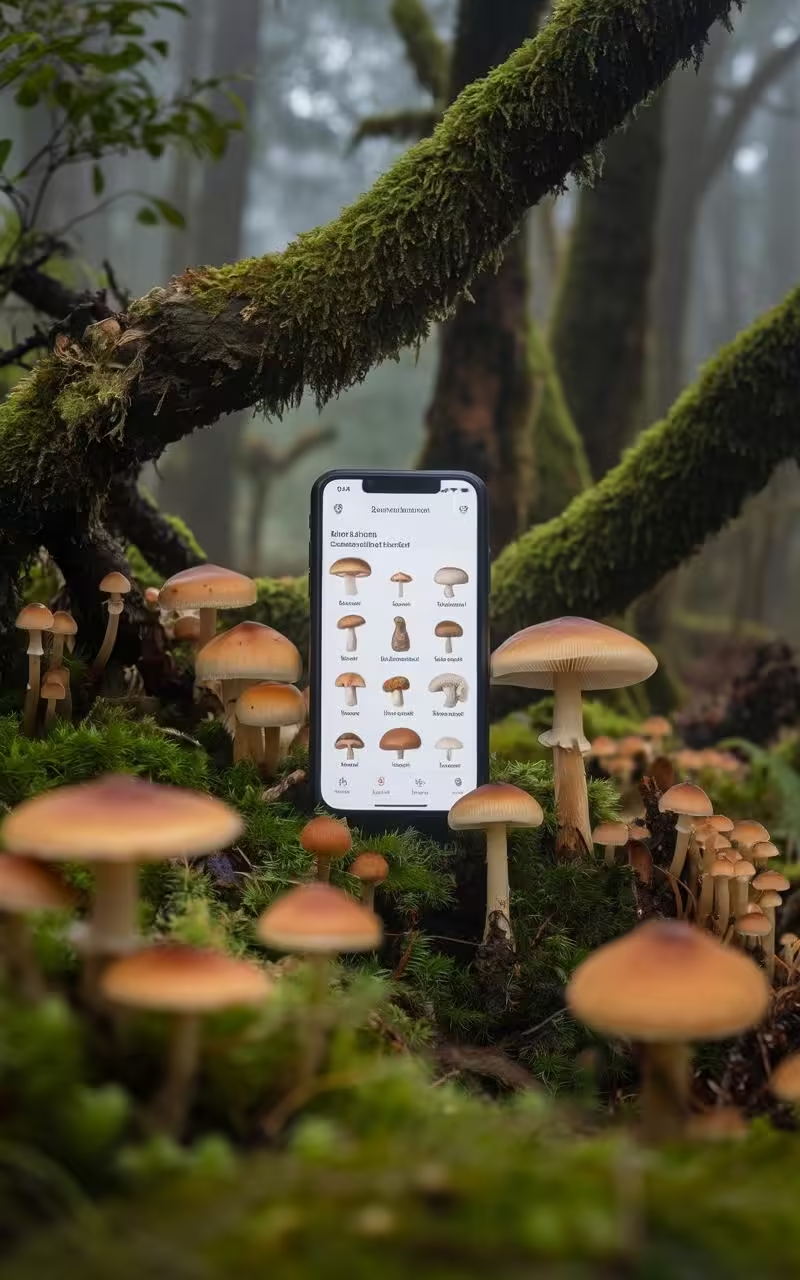
The Legal Side of Foraging: Don’t Get Caught with Your Hand in Nature’s Cookie Jar
Before you head out, make sure you’re not breaking any laws. In some areas, foraging is strictly regulated or even prohibited. Check local regulations and always get permission if you’re on private land.
And remember, just because you can take all the mushrooms doesn’t mean you should. Practice sustainable foraging:
- Only take what you need.
- Leave some for wildlife and to produce spores.
- Avoid damaging the surrounding environment.
The Thrill of the Hunt: Why Mushroom Foraging is Addictive
There’s something primal about foraging that speaks to our hunter-gatherer roots. It’s not just about finding food – it’s about connecting with nature in a way that’s becoming increasingly rare in our modern world.
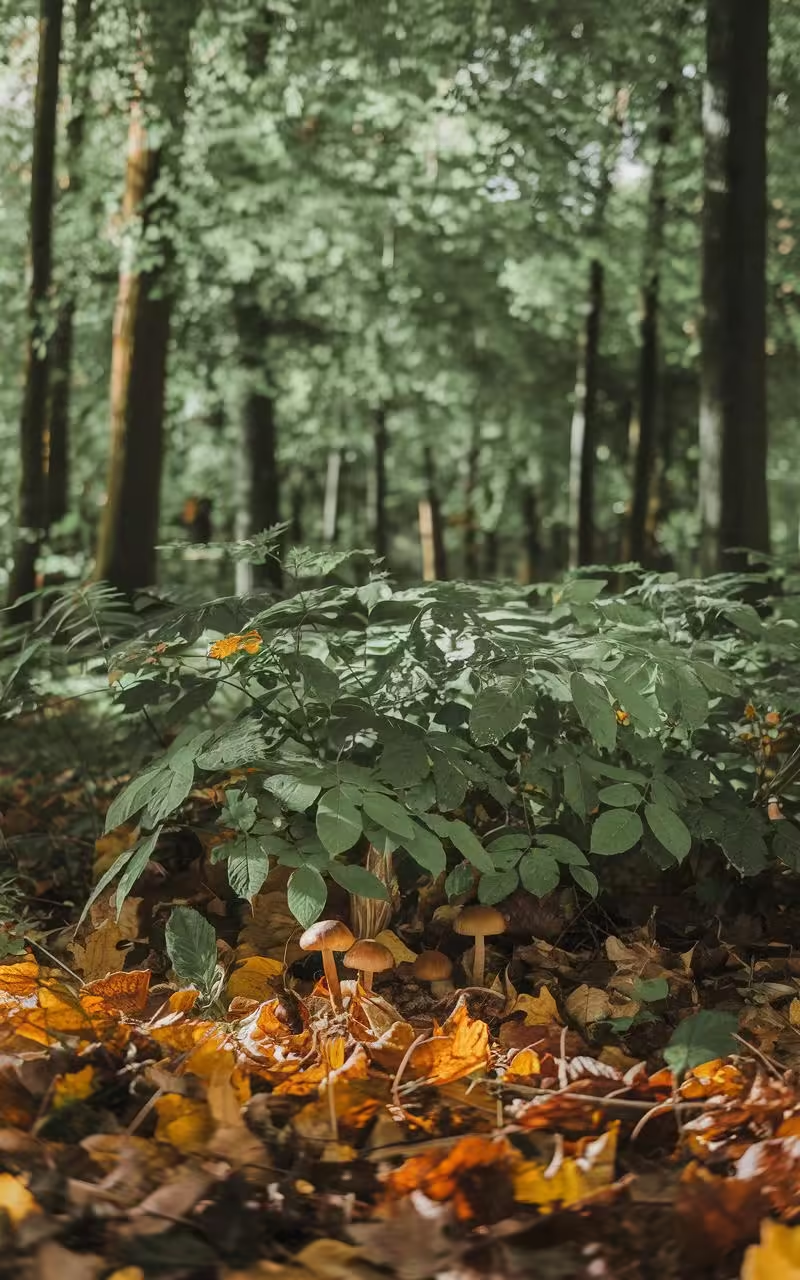
I’ll never forget the rush I felt when I found my first morel mushroom. After hours of searching, there it was, nestled in the leaf litter like a little forest gnome. That moment of discovery is pure magic.
But here’s the thing: once you start, it’s hard to stop. You’ll find yourself scanning the ground every time you walk through a park. You’ll start planning vacations around mushroom seasons. Before you know it, you’re that person boring everyone at parties with fungus facts.
From Forest to Table: Turning Your Foraged Finds into Culinary Masterpieces
So, you’ve successfully foraged some mushrooms without poisoning yourself. Congratulations! Now what?
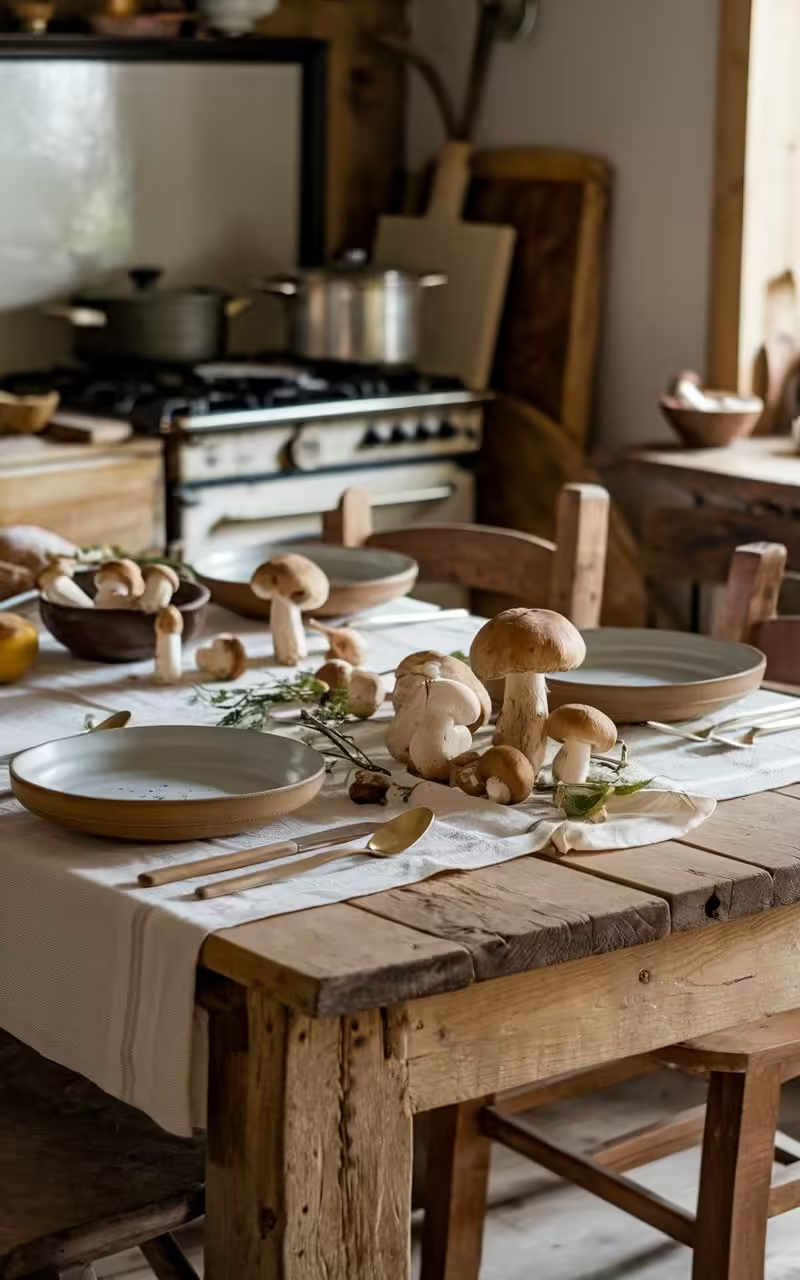
First things first: clean your mushrooms carefully. A soft brush or damp cloth is usually all you need. Avoid soaking them – mushrooms are like sponges and will lose flavor.
Now, let’s talk cooking. Wild mushrooms have intense flavors that can easily overpower a dish. Start simple:
- Sauté in butter with a touch of garlic
- Add to omelets or frittatas
- Use as a pizza topping
- Incorporate into risotto or pasta dishes
Remember, always cook wild mushrooms thoroughly. Not only does this make them safe to eat, but it also brings out their best flavors.
The Unexpected Benefits of Mushroom Foraging
Mushroom foraging isn’t just about free food. It’s a full-body, mind-enhancing experience:
- Physical exercise: All that walking and bending is great for your body.
- Mental stimulation: Identifying mushrooms keeps your brain sharp.
- Stress relief: Time in nature has been shown to reduce stress and anxiety.
- Community building: Join a local mycological society and make fungus-loving friends.
Plus, you’re learning a valuable survival skill. In a zombie apocalypse scenario, who do you think will be more useful – the person who can identify edible mushrooms or the one who can recite every episode of Friends?
The Dark Side of Social Media and Mushroom Foraging
Here’s a word of caution: be wary of social media when it comes to mushroom identification. I’ve seen far too many posts of people proudly displaying potentially deadly mushrooms they’re planning to eat.
Remember, a photo can’t convey all the information needed for accurate identification. Smell, texture, habitat – these are all crucial factors that can’t be transmitted through a screen.
So by all means, share your mushroom photos. But please, for the love of fungi, don’t rely on Facebook comments to decide whether something is edible.
The Future of Foraging: From Hobby to Necessity?
As we face increasing environmental challenges, foraging skills might become more than just a fun hobby. Understanding our local ecosystems and food sources could be crucial for resilience in an uncertain future.
But it’s not just about survival. Foraging connects us to our environment in a way that makes us more likely to protect it. After all, you’re much less likely to litter in a forest where you know delicious mushrooms grow.
So, is mushroom foraging worth the risk? That’s for you to decide. But if you ask me, with the right knowledge and precautions, it’s an adventure that can enrich your life in ways you never expected.
Just remember: when in doubt, leave it out. No mushroom meal is worth risking your life for. Happy foraging, and may your baskets always be full of safe, delicious fungi!
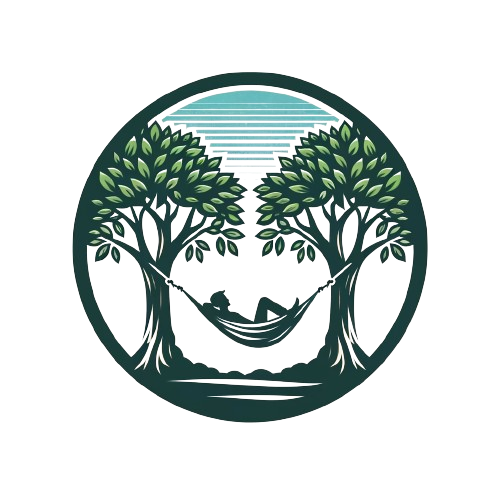
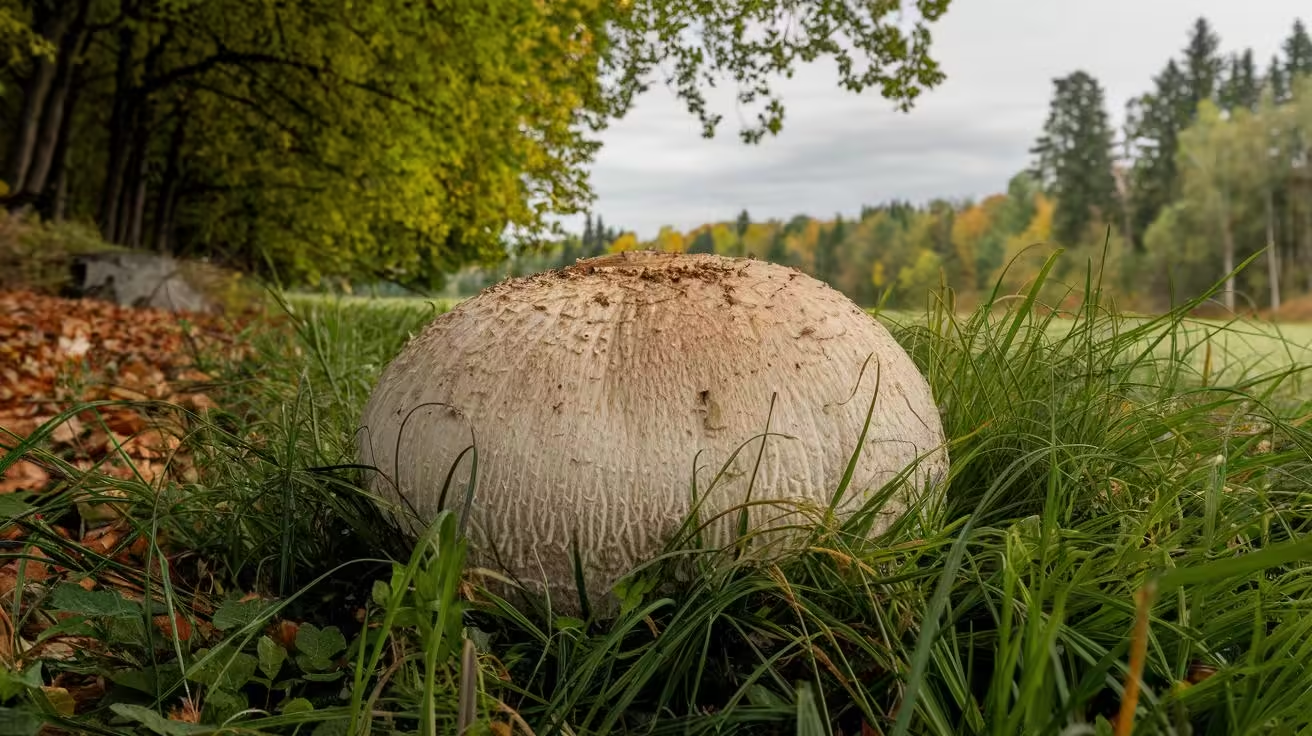

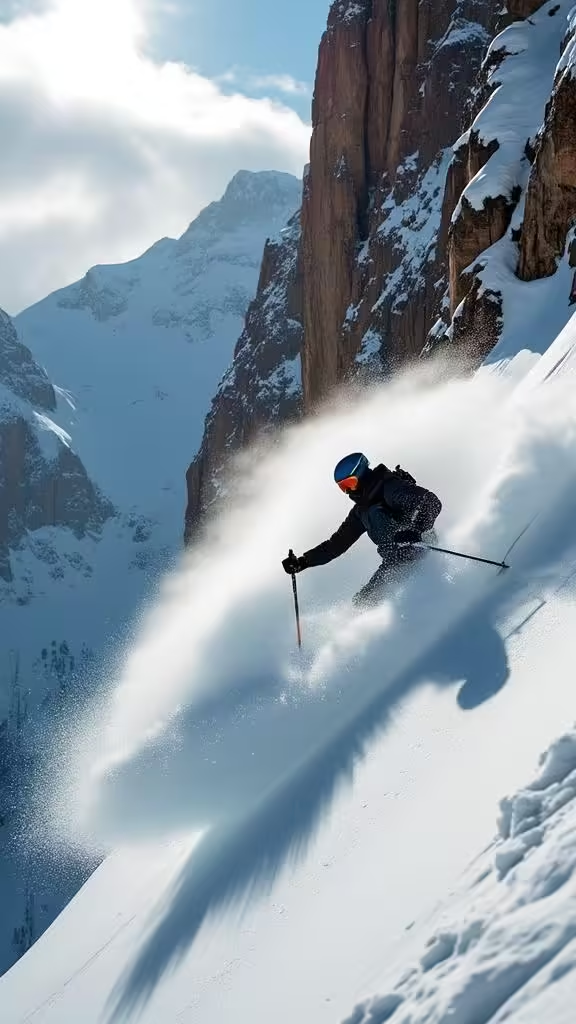
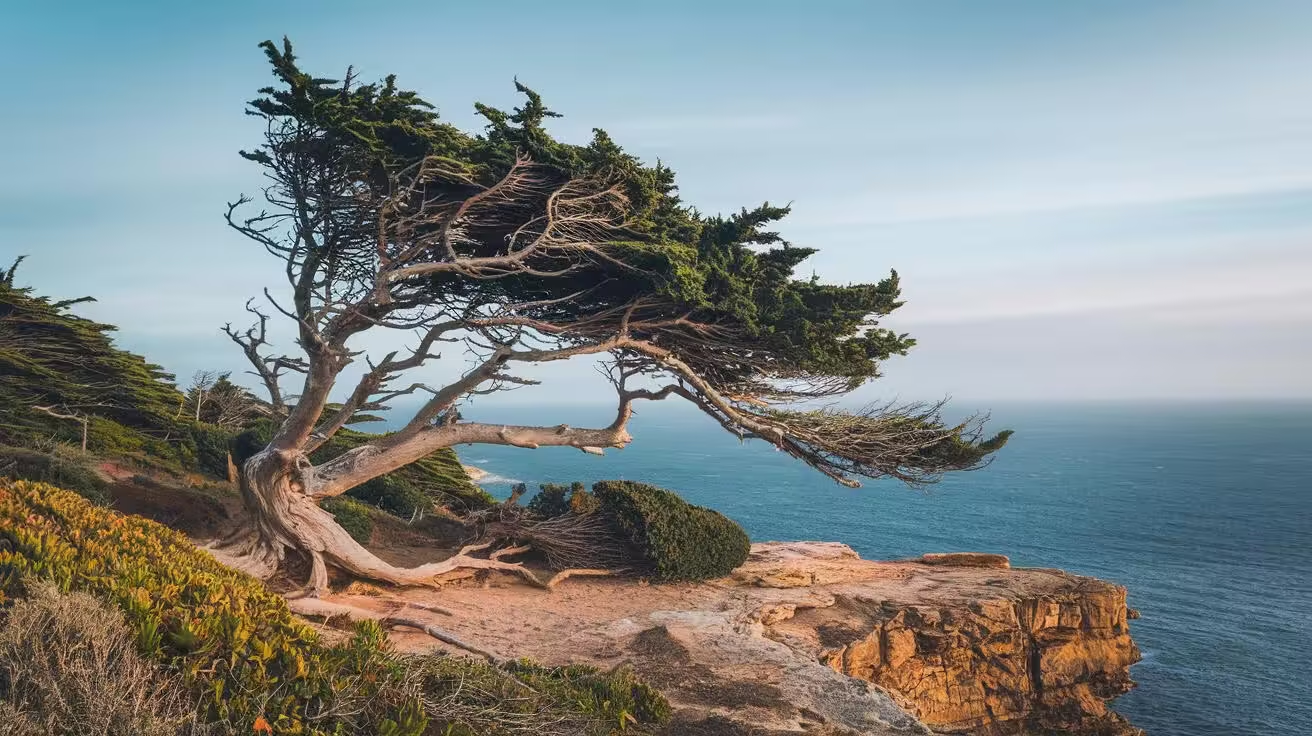
Leave a Reply